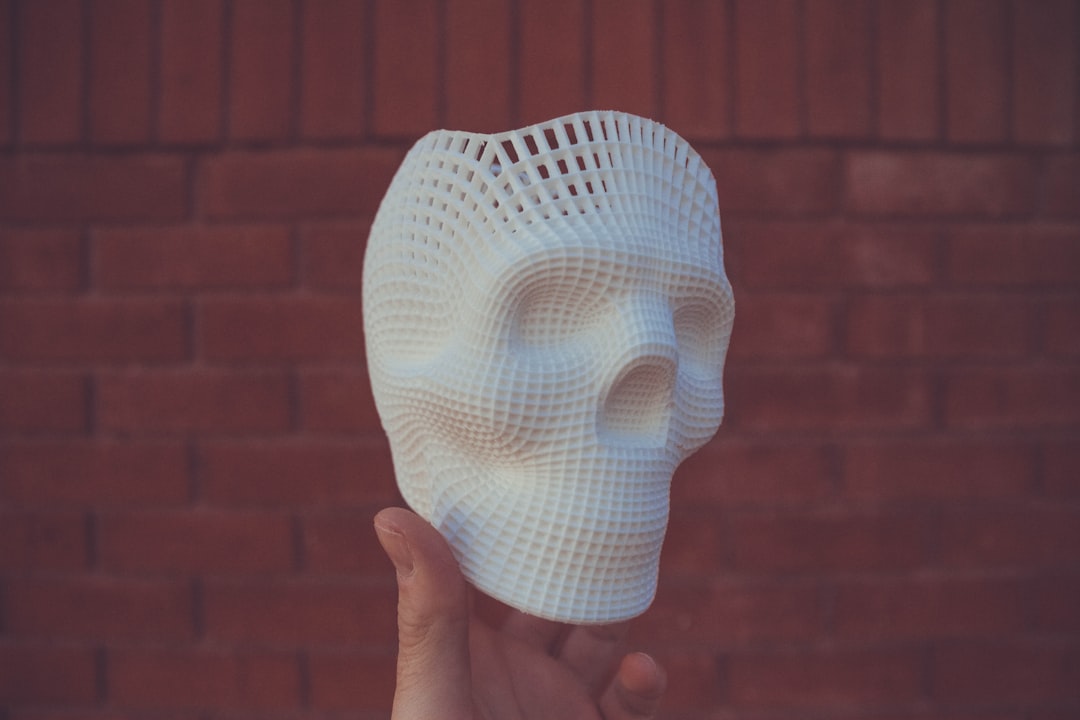Table of Contents
In recent months, users of Leonardo AI’s ControlNet integration have encountered an increasingly common error in architectural imaging workflows: depth_map_missing. This issue arises even after a seemingly successful pre-render pass, during which valid geometry inputs were generated and verified. Rendering complex structures using AI-assisted tools such as ControlNet brings tremendous power to the fingertips of designers, but also a spectrum of technical challenges that must be carefully managed. This article delves into why this error surfaces, what assumptions cause it, and how one might mitigate or avoid it altogether.
TLDR
The depth_map_missing error in Leonardo AI’s ControlNet frequently occurs because of mismatches between geometry expectations and the depth maps generated during the pre-render phase. Even if valid geometry is passed, issues such as surface normals, scene lighting, or twenty-pixel-thin meshes may disrupt depth-level interpretation. Strategies include validating Z-buffer data, re-evaluating camera positions, and utilizing known depth-capture schemas. Proactive pipeline adjustments can significantly reduce the error occurrence rate in architectural applications.
Understanding the ControlNet Framework in Leonardo AI
To begin understanding the issue, it’s key to explain the role of ControlNet in Leonardo AI. Leonardo’s ControlNet module facilitates AI-guided generation of images based on controlled constraints, like edge maps, segmentation masks, and crucially in this discussion—depth maps. These maps define the distance of surfaces from the camera, essential for tasks involving 3D space perception, shadow calculation, and realism layering in generated images.
In an architectural context, depth maps are vital. They help reinforce scale, depth, occlusion, and object layering in generated outputs. ControlNet expects a specific structure and clarity in these maps to process them efficiently.
Why Valid Geometry Isn’t Always Enough
A pre-render pass that successfully outputs geometry alone does not guarantee a functioning depth map downstream. The key mistake is assuming that valid geometry equals valid depth perception for Leonardo AI’s rendering pipeline. There are several core reasons why this assumption often fails:
- Flat Shading or Low Mesh Density: Architectural elements with minimal volumetric complexity may fail to produce a meaningful depth variance during rasterization.
- Lack of Normals or Ill-Defined Normals: If surface normals are missing, inverted, or corrupted in the glTF or FBX files passed to the model, rendering engines cannot correctly interpret perspective, terminating depth estimation.
- Xephyr Lens Assumptions: Leonardo’s rendering core utilizes a scene-view system akin to a Xephyr lens approximation. If geometry appears too distant or too aligned to camera plane norms, it results in near-zero variance—thus, an invalid or empty depth map.
This means that while the scene may be rightly constructed in Blender, SketchUp, or Rhino, the interpretation and downstream pipeline to Leonardo ControlNet requires specific attention to these invisible constraints.

Analyzing the Actual Trigger: The depth_map_missing Error
The depth_map_missing error does not imply an absolute failure in model understanding but signifies a disconnect between the rendering layer (which generates guidance maps) and the latent diffusion model downstream. Leonardo AI uses modified OpenCV/Filament stack to project depth fields. This stack issues the missing-map error in several circumstances:
- Depth values are statistically insignificant across the rendered scene (a variance margin of less than 3% can issue a fail condition).
- Z-channel is populated but arises from occlusion-devoid projections (often due to orthographic camera errors).
- Overexposure or simulation of all-white surfaces prevents proper albedo differentiation, which undermines the pseudo-volume lighting estimation system used prior to control point capture.
Developers working on architectural models often unknowingly generate such artifacts—especially when importing CAD models not conventionally lit or textured prior to passing through Leonardo AI’s preprocessor.
Misassumptions in Architecture Renders
Architectural professionals often push high-poly but texture-averse models into generative workflows. Ironically, these models are geometrically “correct” yet suffer from perceptual blandness—flat planes, unshaded faces, or singular-material environments degrade the needed perception signals required for control modules to derive depth.
Common errors include:
- Sending models with all windows closed using emissive shaders—causing infinite white bounce and depth confusion.
- Submitting daylight-only renders with no artificial lighting in interior floors—thus producing zero-zonal depth inside structural cavities.
- Using physical floor meshes only a few pixels thick along the Z-axis, which results in slicing errors or just-invisible depth infinites.

Hidden Role of Camera Projection Settings
Leonardo’s AI interprets depth relationally, tethered to camera location and clipping planes. Unfortunately, most renderers allow free use of orthographic views or user-defined projection matrices. These, when not aligned with the ControlNet’s expectations, simulate “2.5D” layers, not true 3D objects. Even though the geometry exists, its eye-space position appears unchanging—hence no depth map is constructed.
To address this, architects and visualization artists must:
- Switch camera mode to perspective at all times during pre-processing inside the Leonardo-compatible suite.
- Ensure near and far clipping planes are dynamically spaced to cover full depth ranges—dense interiors should not be captured with the same lens used for multi-block exteriors.
- Confirm camera height roughly simulates a human viewpoint; ControlNet’s scene-learning models are primed to anthropomorphic perspective assumptions (~1.7–1.8 meters).
Pipeline Suggestions to Prevent Future Errors
Addressing depth_map_missing at its root entails a shift from post-failure debugging to pre-submission validation. Here are proven techniques teams have implemented effectively:
- Render a debug depth pass manually from your source software and compare with ControlNet output. If your source pass shows strong depth contrasts and Leonardo returns null, the issue likely lies in value normalization.
- Use procedural textures in architecture previews, which introduce ambient occlusion subtly even in flat planes, helping depth estimation systems derive spatial cues more confidently.
- Never send lighting-empty environments unless they’re in direct natural sunlight. Multi-source lighting helps signal corners, overlaps, and object transitions, enabling better ControlNet capture.
When All Else Fails: Force Mode and Manual Injection
Leonardo AI’s experimental “Force Control Map” toggle allows developers to bypass internal verification if they have a trusted depth map ready. If you’ve generated manual depth maps from third-party tools like MistPass, Z-Buffer exports from Unreal Engine, or even Blender’s Compositor tools—these can be mapped externally through the Leonardo Web UI or via Postman API injection.
This feature is not recommended for casual users, as synced registration becomes critical—depth maps must precisely correlate spatially with model primaries. Still, in production workflows, it forms a reliable fallback when auto-mapping fails.
Conclusion
The depth_map_missing error in Leonardo AI’s ControlNet module isn’t just a technical hiccup—it’s a reflection of the nuanced balance between human modeling practices and automated interpretive AI systems. Architectural renders must walk a fine line between geometric fidelity and perceptual separability. Even with valid geometry, if key perceptual markers—lighting, depth contrast, normals—are missing or improperly configured, entirely plausible scenes will result in depth processing failure.
By aligning your pipeline with the underlying assumptions of ControlNet’s preprocessing layers and proactively validating visual depth coherence, you stand a much greater chance of seamless integration. Mastering this error isn’t just about solving a bug—it’s about mastering the language by which AI sees depth in your designs.
